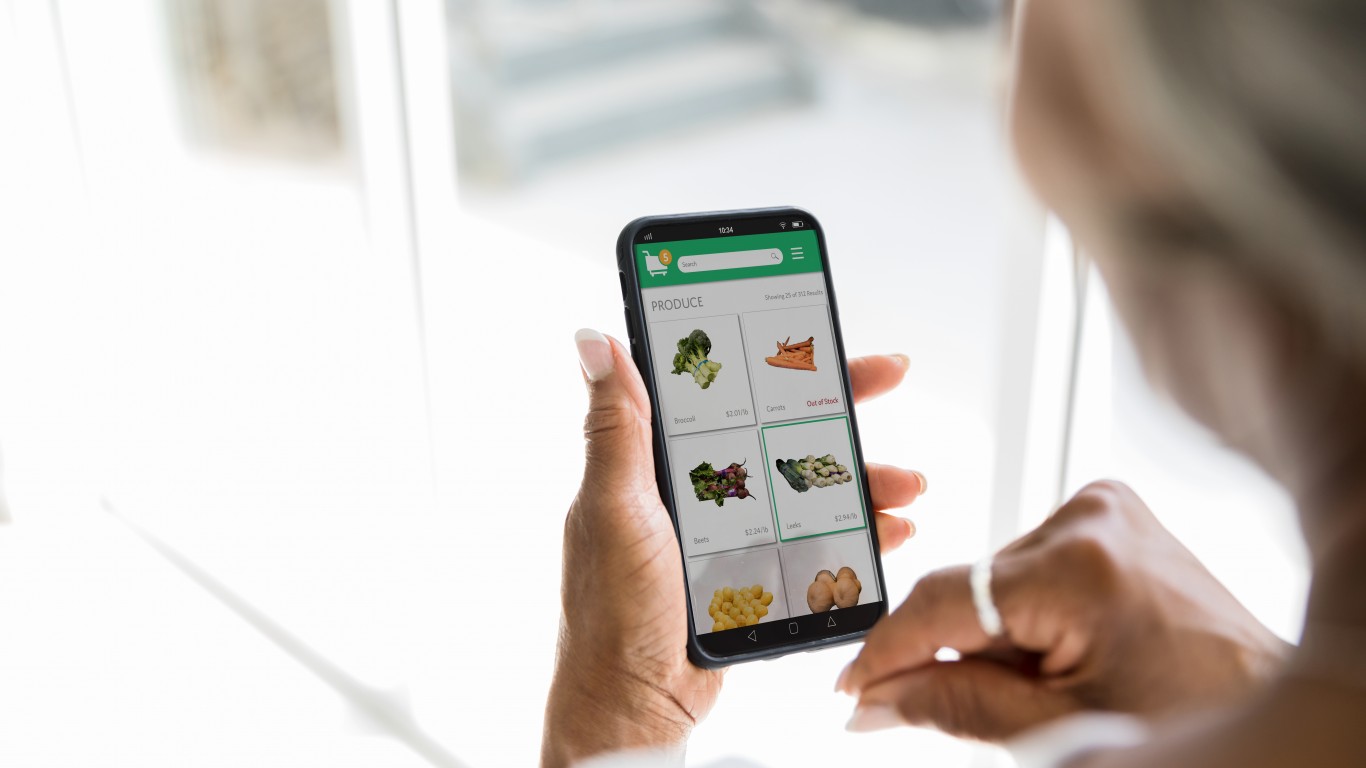
Online sales during the pandemic that hit the United States in March rose from around $53 billion to nearly $85 billion by May. Since then, U.S. online sales have dipped by about 25% to an August total of $63 billion.
Online sales in August rose by 42% year over year, but that total was lower than expected. Labor Day weekend sales rose by 12% year over year to $2.6 billion, but that total was lower than expected as well. The relatively lower total reverses a trend for the past several years in which holiday sales nearly always grow faster than the overall trend to rising online sales.
The data is included in the August 2020 Digital Economy Index (DEI) from Adobe Analytics. The index measures transactions at 80 of the top 100 U.S. retailers on the web and seven of the top 10 U.S. airlines. It analyzes 1 trillion consumer visits to retail websites and tracks more than 100 million different products.
Labor Day sales growth indicates that higher online shopping levels “appear to be decreasing the potency of specific shopping holidays and events,” according to Adobe Analytics.
The August report notes that online sales last year exceeded $2 billion on just two days outside of a holiday season. This year, “every single day from May to the end of June was over $2B.” No day outside a holiday season topped $3 billion last year, compared to three days in May this year when sales exceeded that level.
Among other details in the August DEI, Adobe Analytics noted that consumers made smaller online purchases in April as U.S. stores began to close. The average basket value fell from $154 in February to $144 in April. By August, the consumer basket had returned to $153.
More than half of August’s online visitors (60%) used a smartphone, but smartphones accounted for just 40% of total sales in the month. So far this year, U.S. consumers have spent $190 billion on smartphone-based purchases. Adobe Analytics expects smartphone-based sales to contribute more than half of total annual online spending by September 2022.
Apparel sales, though 21% above initial August estimates, are falling faster than overall online sales. Daily online apparel sales dipped 3% month over month in August compared to both online grocery and electronics sales, which saw increases of 3% in average daily sales during the month.
A combination of deflation in some categories of goods and inflation in others has contributed to a slight decline in U.S. digital purchasing power (DPP). According to Adobe Analytics, DPP in a typical August increases by 4.2% year over year. This year, DPP declined by 0.4% as inflation in grocery prices (up 4.8% year over year) offset deflation of 4.8% in electronics. Softer demand for apparel sent prices down 1% year over year but up 2.3% month over month.
While online grocery prices are said to have leveled off, those prices “are significantly elevated” for this time of year and are expected to rise further in keeping with seasonal trends for the fourth quarter.
Buying goods online and picking them up at the store rose by 259% year over year in August and by 59% month over month. According to Adobe Analytics, 30% of consumers prefer curbside pickup and in-store pickup of online orders to delivery.
Flight bookings in the two weeks leading up to Labor Day rose by 60% over the booking rate in the previous two weeks, sharply higher than the 45% increase for the same period last year. According to Adobe Analytics, this increase indicates that travelers waited until the last minute before purchasing a ticket and it has “potentially positive implications” for holiday booking in November and December.
U.S. travel bookings were down 58% year over year for the Labor Day holiday while hotel bookings were down just 20%, “indicating travelers feel more comfortable staying in hotels than traveling by airplane.” Over the next six months, 45% indicate they plan to stay in a hotel while just 34% plan to travel by plane.
It’s Your Money, Your Future—Own It (sponsor)
Retirement can be daunting, but it doesn’t need to be.
Imagine having an expert in your corner to help you with your financial goals. Someone to help you determine if you’re ahead, behind, or right on track. With SmartAsset, that’s not just a dream—it’s reality. This free tool connects you with pre-screened financial advisors who work in your best interests. It’s quick, it’s easy, so take the leap today and start planning smarter!
Don’t waste another minute; get started right here and help your retirement dreams become a retirement reality.
Thank you for reading! Have some feedback for us?
Contact the 24/7 Wall St. editorial team.
 24/7 Wall St.
24/7 Wall St.



